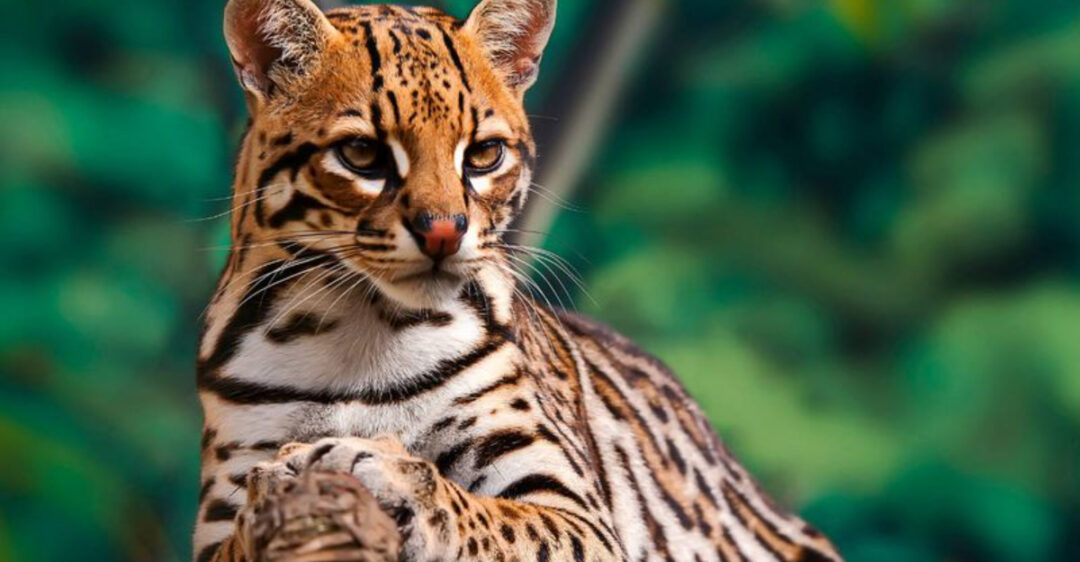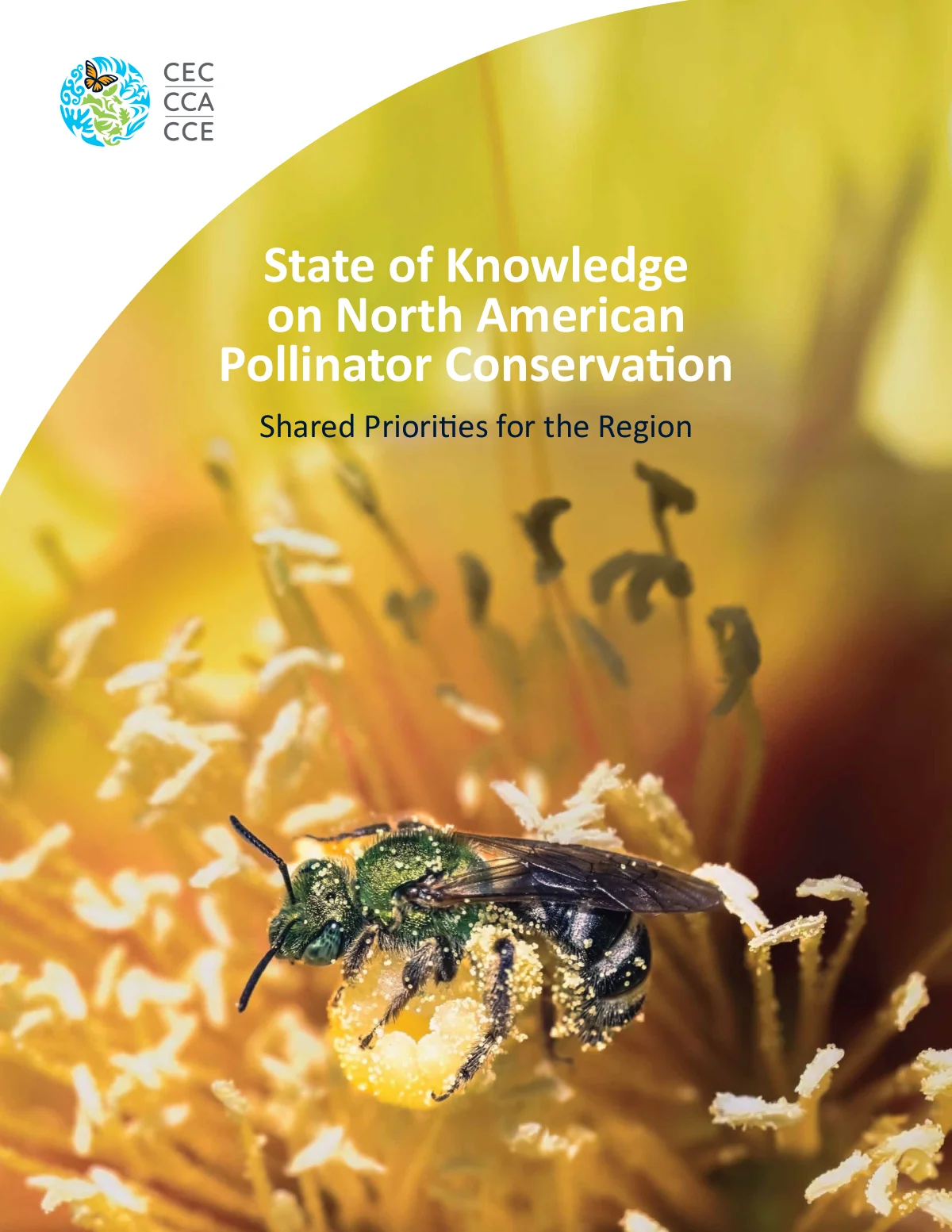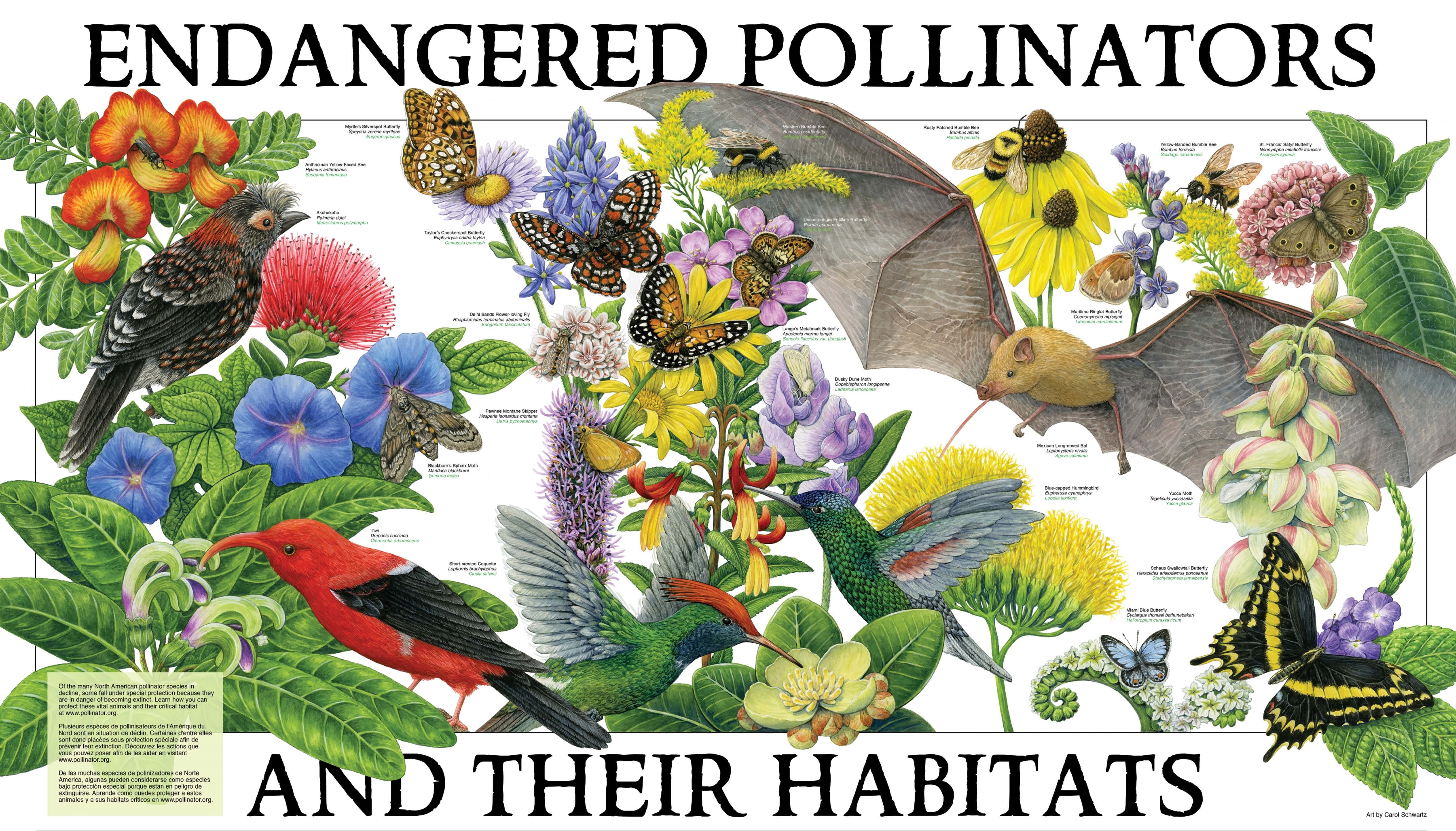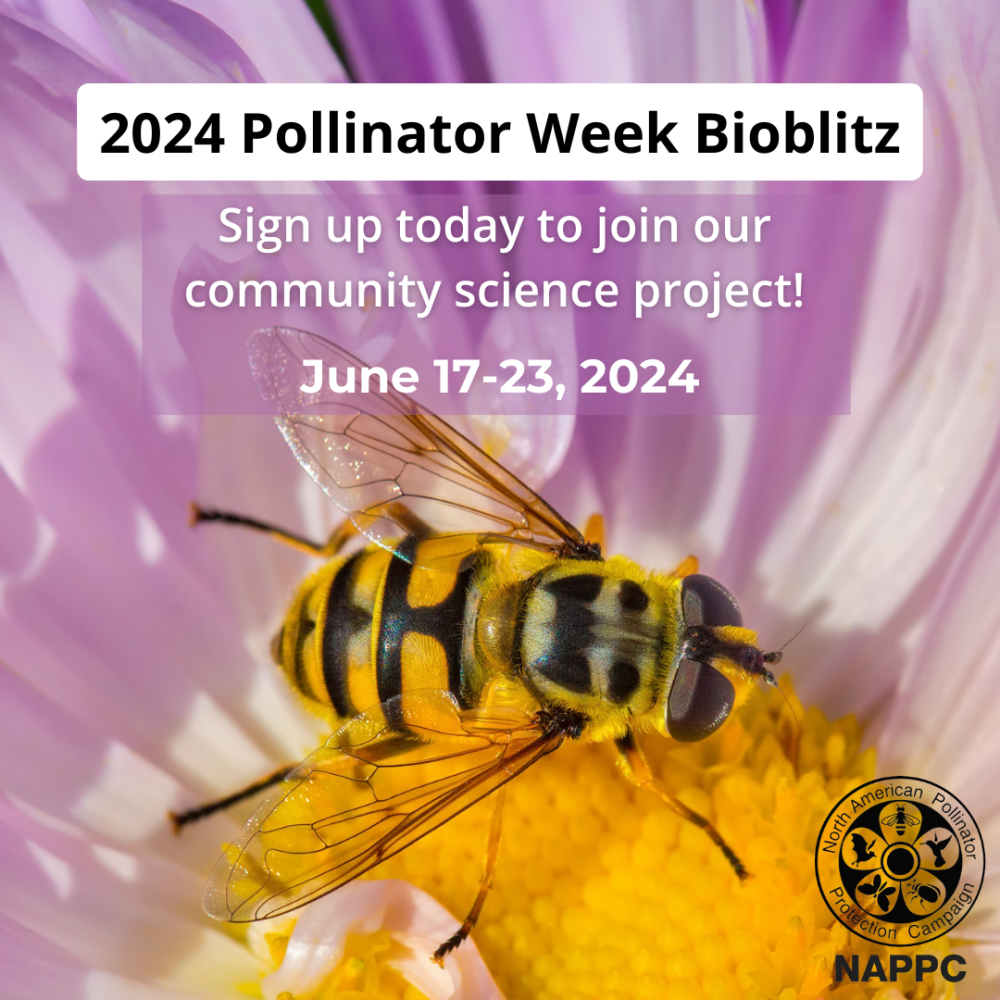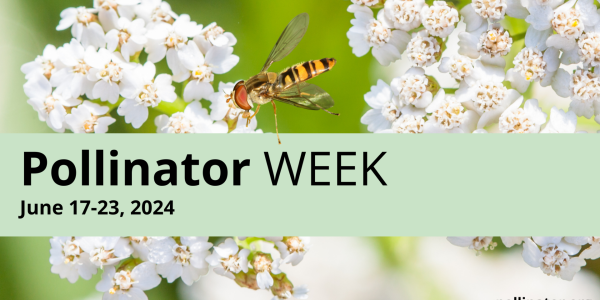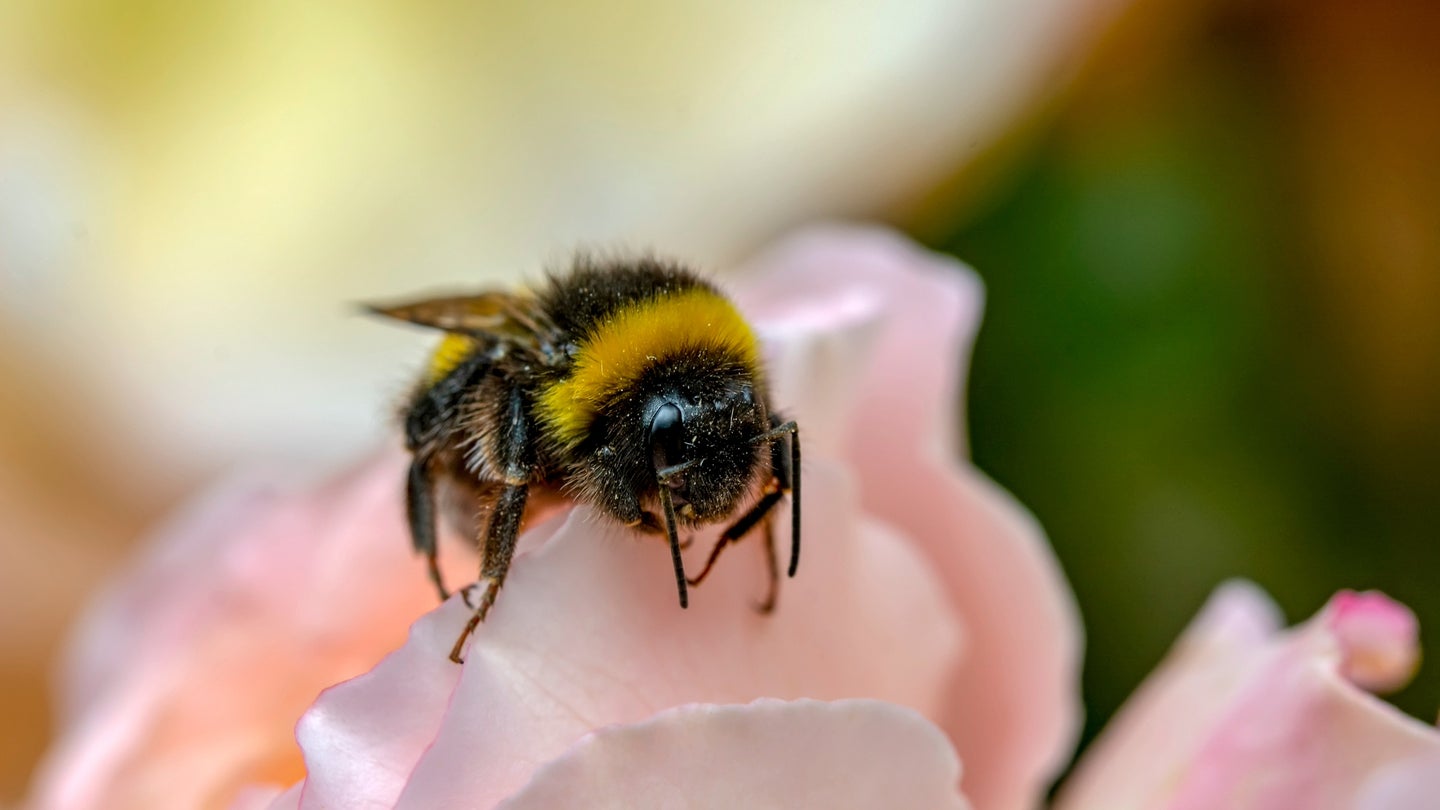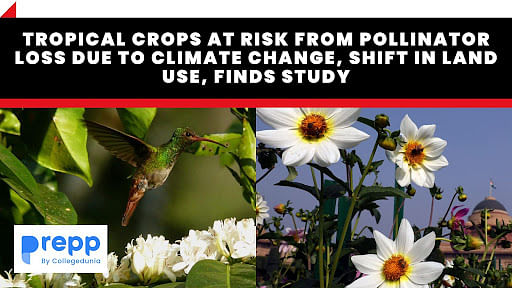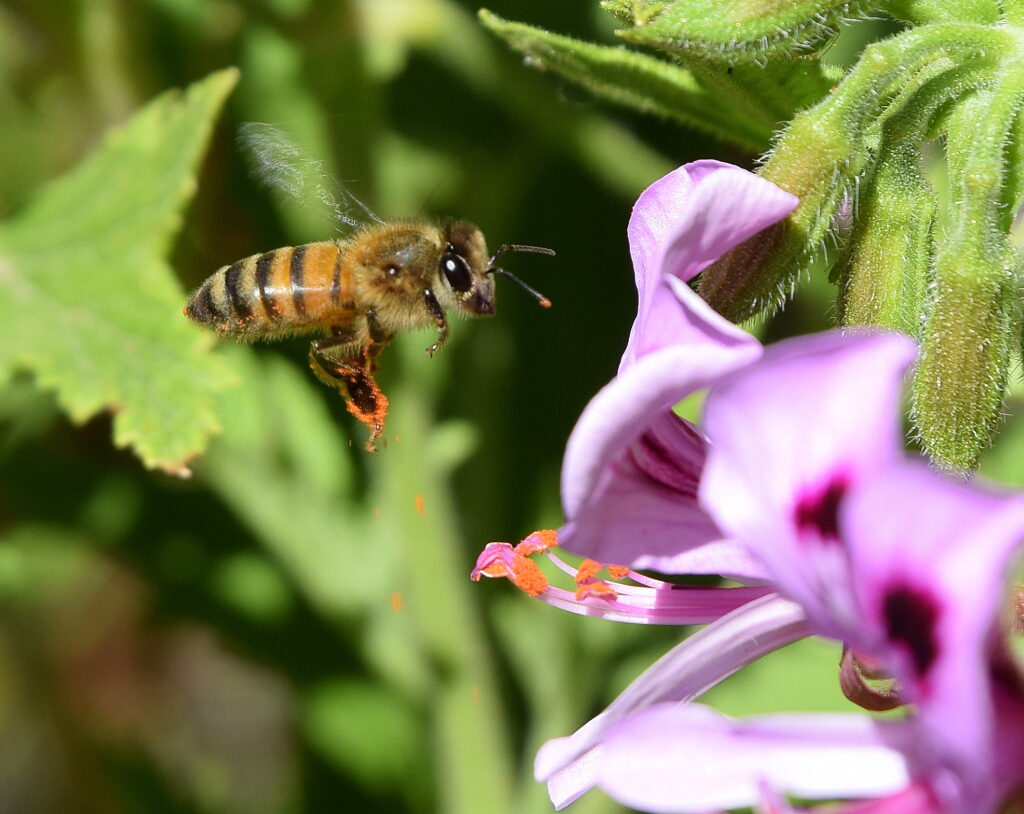North America Pollinator Extinction Risk Study
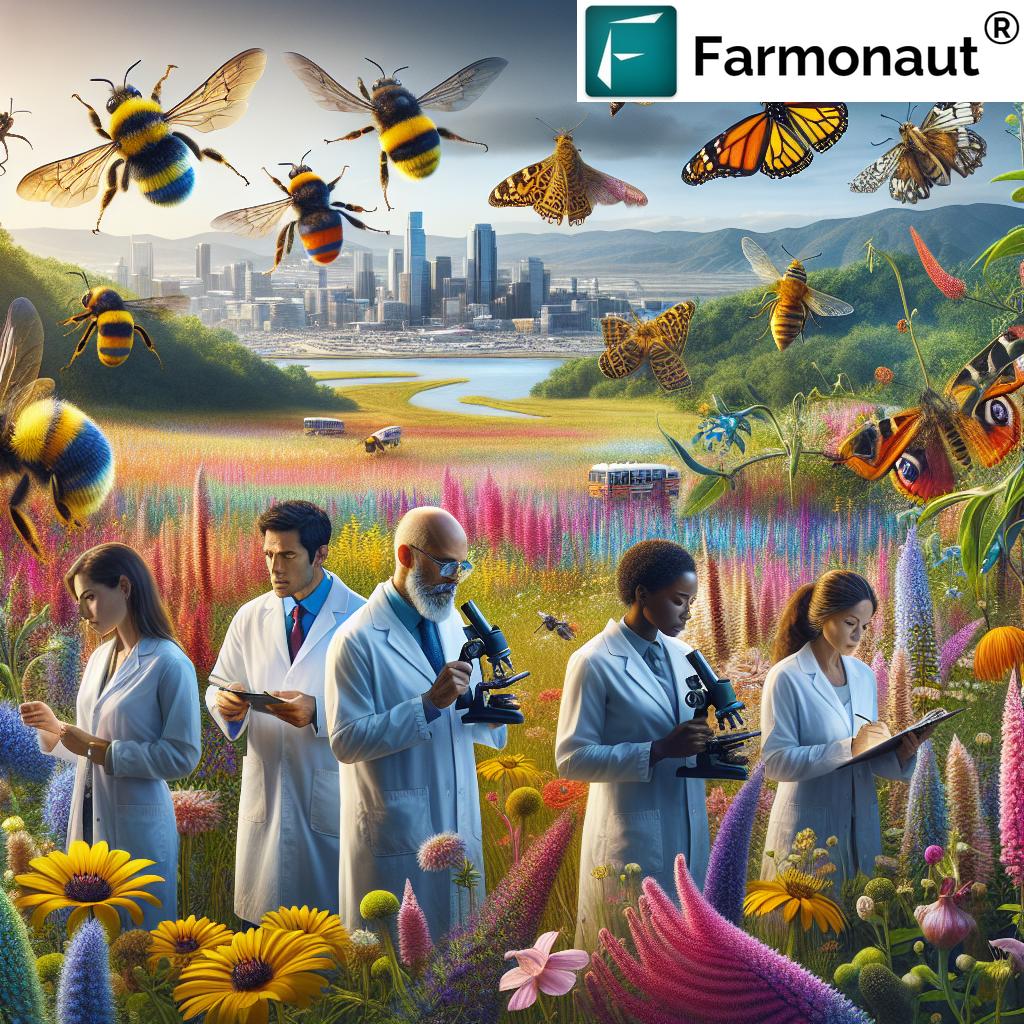
Imagine a world hushed of the buzz of bees, devoid of the flutter of butterflies, and strangely still where hummingbirds once danced. Fields of wildflowers stand muted, lacking the vibrant spark that only pollinators can ignite. This isn't a scene from a dystopian novel, but a potential future that scientists are working tirelessly to prevent.
A recent comprehensive study on North American pollinator extinction risk reveals a concerning trend: a significant portion of our vital pollinator species are facing threats that could lead to their decline and even extinction. The study underscores the urgent need for increased conservation efforts to protect these essential creatures and the ecosystems they support.
The Buzz About Pollinators: Why They Matter
Pollinators, including bees, butterflies, moths, hummingbirds, and even some bats, are the unsung heroes of our food systems and natural landscapes. They play a critical role in plant reproduction, enabling the production of fruits, vegetables, nuts, and seeds that sustain both wildlife and humans.
More than three-quarters of the world’s food crops rely on pollination, making these creatures indispensable for global food security. Without them, our plates would look drastically different and our ecosystems would suffer immeasurable consequences.
Understanding the Study: Scope and Methodology
The North America Pollinator Extinction Risk Study is a collaborative effort, bringing together experts from various fields including entomology, ecology, and conservation biology. Researchers analyzed data from a wide range of sources, including historical records, field observations, and population surveys, to assess the conservation status of various pollinator species.
The study focused on identifying the key threats facing these pollinators, such as habitat loss, pesticide use, climate change, and disease. By understanding these threats, scientists can develop targeted conservation strategies to mitigate their impact.
Key Findings: A Cause for Concern
The study’s findings paint a sobering picture. A significant percentage of North American pollinator species are experiencing population declines, and many are at risk of extinction. Some species are declining so rapidly that researchers fear they may disappear within our lifetime.
Bees, in particular, are facing significant challenges. Native bee populations have declined sharply in recent decades, with some species already listed as endangered. Habitat loss, driven by agricultural intensification and urbanization, is a major contributor to this decline.
Butterflies, another iconic pollinator group, are also struggling. Monarch butterflies, known for their incredible migratory journeys, have experienced dramatic population declines due to habitat loss and climate change. Changes in temperature and rainfall patterns are disrupting their breeding cycles and migration routes.
The Culprits: Threats to Pollinator Survival
The study identified several key factors driving pollinator decline. Habitat loss is a pervasive threat, as natural areas are converted into agricultural land, urban developments, and industrial sites.
Pesticide use, particularly the widespread application of neonicotinoids, poses a significant risk to pollinators. These chemicals can directly kill pollinators or impair their ability to navigate, forage, and reproduce.
Climate change is also exacerbating the challenges facing pollinators. Changing temperature and rainfall patterns can disrupt plant-pollinator interactions, leading to mismatches in timing and reduced pollination success.
Disease and parasites are also contributing to pollinator declines, particularly in managed bee populations. The spread of invasive species can also negatively impact native pollinators by competing for resources or introducing new diseases.
Conservation Efforts: A Beacon of Hope
Despite the alarming findings, the study also highlights the potential for effective conservation action. Researchers emphasize the importance of protecting and restoring pollinator habitat, promoting sustainable agricultural practices, and reducing pesticide use.
Creating pollinator-friendly habitats, such as wildflower meadows and hedgerows, can provide essential food and nesting resources for pollinators. Supporting organic and sustainable farming practices can reduce pesticide exposure and promote biodiversity.
Educating the public about the importance of pollinators and how to support them is also crucial. Simple actions, such as planting pollinator-friendly flowers in gardens and avoiding the use of pesticides, can make a big difference.
What Can Be Done: Individual and Collective Action
Protecting pollinators is a shared responsibility. Individuals, communities, businesses, and governments all have a role to play in ensuring their survival.
Individuals can create pollinator-friendly habitats in their gardens and yards by planting a variety of native flowering plants that provide nectar and pollen throughout the growing season. They can also avoid using pesticides and herbicides, and support local farmers who practice sustainable agriculture.
Communities can establish pollinator gardens in parks and public spaces, and promote pollinator-friendly landscaping practices. Businesses can adopt sustainable practices that minimize their impact on pollinators, such as reducing pesticide use and creating pollinator habitats on their properties.
Governments can implement policies that protect and restore pollinator habitat, regulate pesticide use, and support research on pollinator conservation. International cooperation is also essential to address transboundary threats to pollinators, such as climate change and the spread of invasive species.
The Role of Organizations: Leading the Charge
Organizations like the U.S. Fish and Wildlife Service and the Xerces Society are at the forefront of pollinator conservation efforts. They provide resources, conduct research, and advocate for policies that protect these essential creatures.
The Xerces Society, in particular, works to protect invertebrates and their habitats through science-based conservation. They offer guidance on creating pollinator-friendly habitats, reducing pesticide use, and restoring degraded ecosystems.
The U.S. Fish and Wildlife Service plays a critical role in listing endangered and threatened pollinator species, and developing recovery plans to help restore their populations. These organizations are a source of expertise and a vital component in protecting North America's pollinators.
A Call to Action: Securing a Future for Pollinators
The North America Pollinator Extinction Risk Study serves as a wake-up call. It highlights the urgent need for increased conservation efforts to protect these vital creatures and the ecosystems they support. Failure to act could have dire consequences for our food systems, our environment, and our future.
Let us embrace the opportunity to create a world where pollinators thrive. By working together, we can ensure that the buzz of bees, the flutter of butterflies, and the dance of hummingbirds continue to enrich our lives and sustain our planet for generations to come.
Let us remember that the fate of pollinators is intertwined with our own. By protecting them, we are protecting ourselves.

